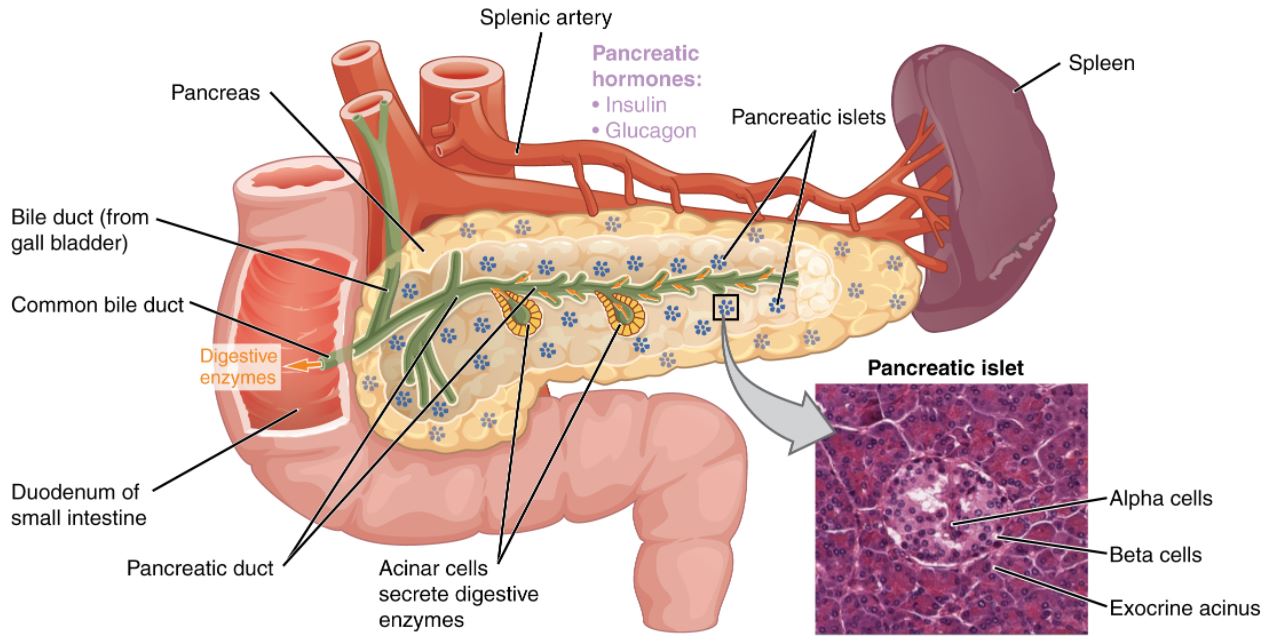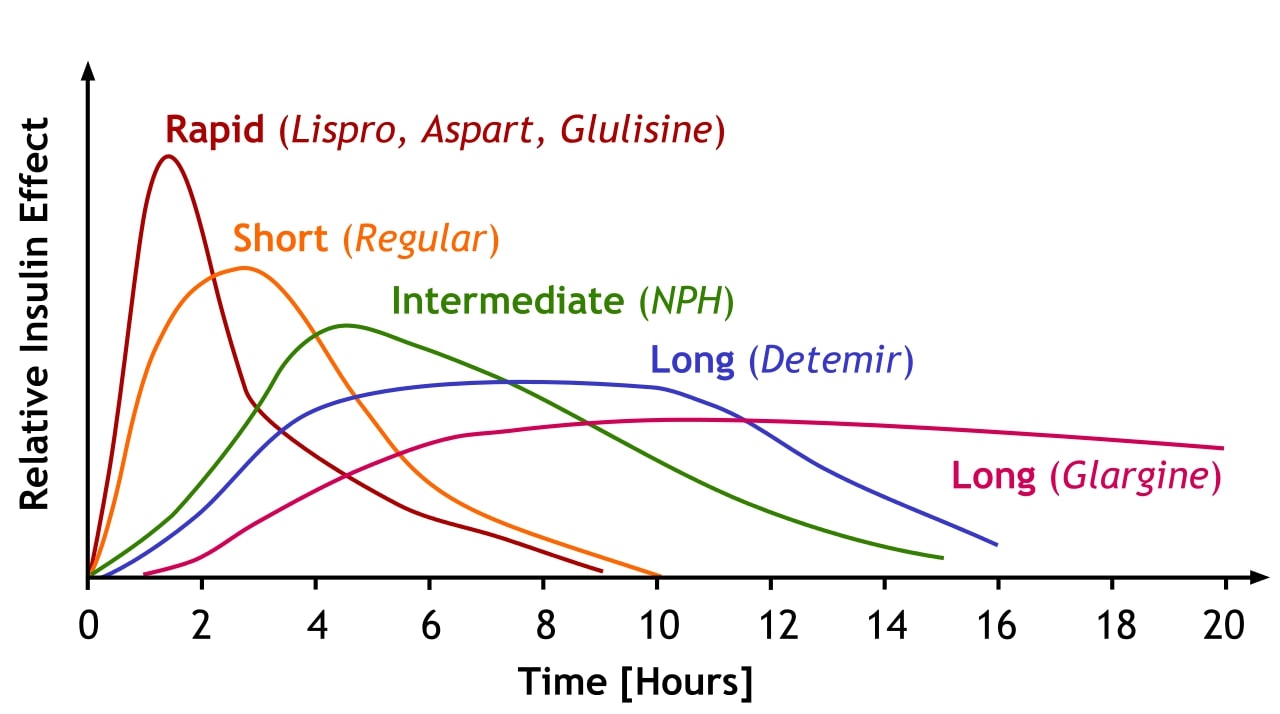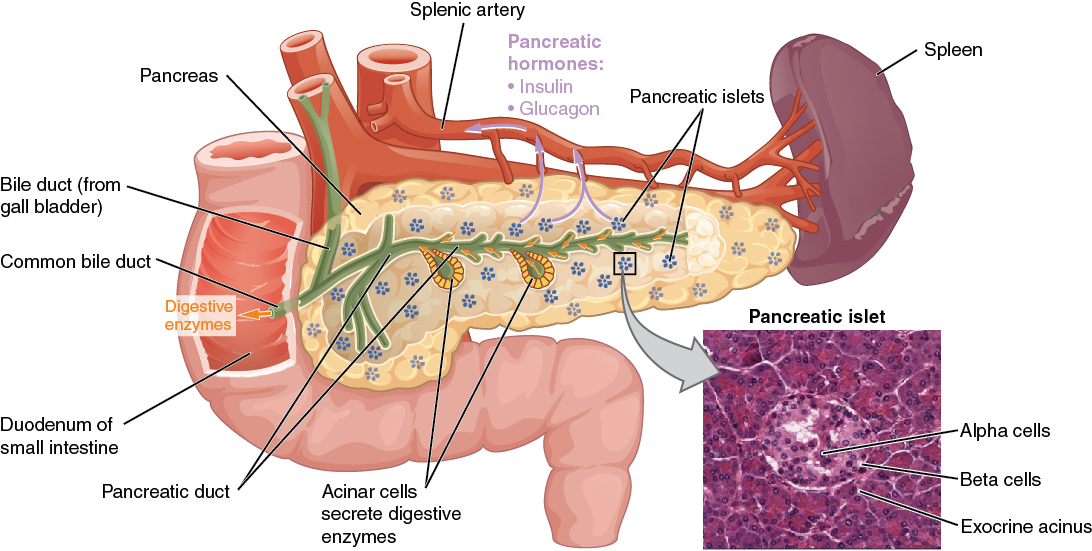Playlist
Show Playlist
Hide Playlist
Introduction to Insulin
-
Slides DiabetesMedications EndocrinePharmacology.pdf
-
Download Lecture Overview
00:01 Welcome to pharmacology by Lecturio. 00:04 My name is Dr. Praveen J. Shukle and I'm here to talk to you about diabetic drugs. 00:10 This is an interesting story. It started in 1921 in Toronto, Canada. 00:16 There were four people that were involved with the discovery of insulin. 00:20 The first person was Frederick Banting, a physician at the University of Western Ontario. 00:24 The second person was James Collip, a biochemist at the University of Alberta. 00:29 The third one was JJ R. McLeod, a physiologist at the University of Toronto. 00:35 And the last person in this little story was Charles Best who was a medical student at the University of Toronto. 00:41 Now Charles Best applied for summer jobs with different researchers at the University. 00:46 And he was quite unfortunate because he ended up with Dr. Banting. 00:51 Dr. Banting of course had a reputation of being very hard on his students. 00:55 And in fact, Charles Best didn't get the first spot with Dr. Banting. 01:01 And there was actually another person who we will never know in history who decided not to work with Dr. Banting. 01:06 So Charles Best was second at bat. He went to work with Dr. Banting. 01:11 Dr. Banting was an unforgiving fellow and he worked Charles Best very, very hard. 01:16 But these people ended up isolating the first strains of insulin. 01:21 James Collip was a biochemist who also isolated insulin around the same time. 01:26 And in fact his work was instrumental in helping the other to achieve their goal. 01:31 Finally, JJ R. McLeod was Dr. Banting's boss. 01:35 Now when they handed out that noble prize -- the famous Nobel Prize in medicine for the discovery of insulin, they gave it to two people, JJ R. McLeod and Frederick Banting. 01:47 Frederick Banting took one look at this and said, "No, there's no way that I'm not going to acknowledge Charles Best who is my student." Charles Best was a student sitting in his class when he found out that he had won the Nobel Prize. 02:02 JJ R. McLeod on the other hand refused to accept the Nobel Prize without acknowledging James Collip. 02:07 So this Nobel Prize originally meant for two people ended up being shared amongst four people which is a typical Canadian way of doing things. 02:16 Now, insulin is a complicated enzyme. 02:20 It has many different actions and it's hard to remember what these actions are. 02:24 But let me make it easier for you. 02:26 In general, insulin's job is to increase the amount of sugar taken out of the blood. 02:33 So in the liver, it increases glycogen synthesis. 02:39 So that means that it's going to take sugar and turn it into glycogen. 02:43 It also decreases protein catabolism so protein is not being broken down by the liver into sugar. 02:51 The same thing goes with skeletal muscle. 02:54 Skeletal muscle increases glycogen synthesis. 02:58 And in the muscle, it'll also increase protein synthesis so you're taking sugar out of the blood and you're making either glycogen which is the energy unit for muscle or protein itself. 03:10 And finally in the adipose tissue, well, obviously it doesn't need glycogen, it needs triglycerides. 03:16 So it increases triglycerides storage and it decreases protein catabolism. 03:22 So here you have the mechanisms of insulin a little bit different in the adipose tissue but generally the goal is to reduce sugar. 03:29 Now the enzymes that are used in the liver, skeletal muscle and adipose tissue are a little bit different. 03:35 So the liver uses the GLUT 2 enzyme. The skeletal muscle uses GLUT 4. 03:42 And the adipose tissue uses GLUT 4. 03:45 These are important things to remember for your exam because they will be on there. 03:50 Now let's move on to the enzymes. There is increased synthesis of different forms of energy. 03:56 Pyruvate kinase, phosphofructokinase and glucokinase are all modulated by insulin. 04:03 In the adipose tissue on the other hand you have increased synthesis and activity of lipoprotein lipase.
About the Lecture
The lecture Introduction to Insulin by Pravin Shukle, MD is from the course Endocrine Pharmacology. It contains the following chapters:
- Discovery of Insulin
- Actions of Insulin
Included Quiz Questions
Comparing the effects of insulin on skeletal muscle and adipose tissue, which statement is correct?
- Insulin increases skeletal muscle glycogen synthesis while insulin increases adipose tissue triglyceride synthesis.
- Insulin increases skeletal muscle triglyceride synthesis while insulin increases adipose tissue glycogen synthesis.
- Insulin decreases skeletal muscle glycogen synthesis while insulin increases adipose tissue triglyceride synthesis.
- Insulin decreases skeletal muscle glycogen synthesis while insulin decreases adipose tissue triglyceride synthesis.
- Insulin decreases skeletal muscle triglyceride synthesis while insulin increases adipose tissue triglyceride synthesis.
Which intracellular enzyme is NOT upregulated in the presence of insulin?
- Glycogen phosphorylase
- Pyruvate kinase
- Phosphofructokinase
- Glucokinase
- Lipoprotein lipase
Customer reviews
5,0 of 5 stars
| 5 Stars |
|
5 |
| 4 Stars |
|
0 |
| 3 Stars |
|
0 |
| 2 Stars |
|
0 |
| 1 Star |
|
0 |






